The Fundy Ocean Research Center for Energy (FORCE) purchased one of ASL's single frequency 125 kHz Acoustic Zooplankton Fish Profilers (AZFP) autonomous scientific echosounder for deployment on their instrumented mooring platform in Minas Passage in the Bay of Fundy, Nova Scotia.
FORCE is a Canadian center for in-stream tidal energy technology demonstration, located in the Bay of Fundy. The tidal flow through the Minas Passage boasts 14 billion metric tons of water, moving at speeds in excess of five meters per second. Understanding this powerful environment is critical to successful turbine design, environmental effects monitoring, and ultimately unlocking Fundy's enormous energy potential. “We need to understand what effects in-stream tidal technologies may have on the marine ecosystem,” said Tony Wright, general manager of FORCE. “If tidal energy is to grow to a larger scale, development must happen responsibly.”
The AZFP instrument is an integral part of the Fundy Advanced Sensor Technology (FAST) project (Figure 1 & 2), discovering information about the presence and abundance of fish and zooplankton, and a valuable supplement to their Environmental Effects Monitoring Program (EEMP) designed to determine potential turbine effects on the marine environment with a focus on fish, lobster, marine birds, marine mammals, and acoustic effects. As of July 2016, the AZFP instrument has been deployed for two separate month long periods. During both deployments the instrument pinged every second for the entire duration and recorded the backscatter data over the 35-meter (low tide) to 45-meter (high tide) water depths. Scientists from the Acadia Centre for Estuarine Research (ACER) at Acadia University expect to study the high temporal and spacial resolution AZFP data.



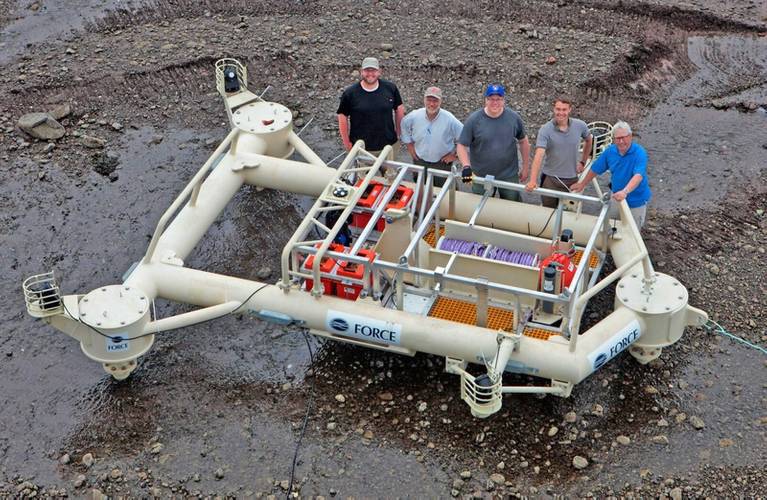
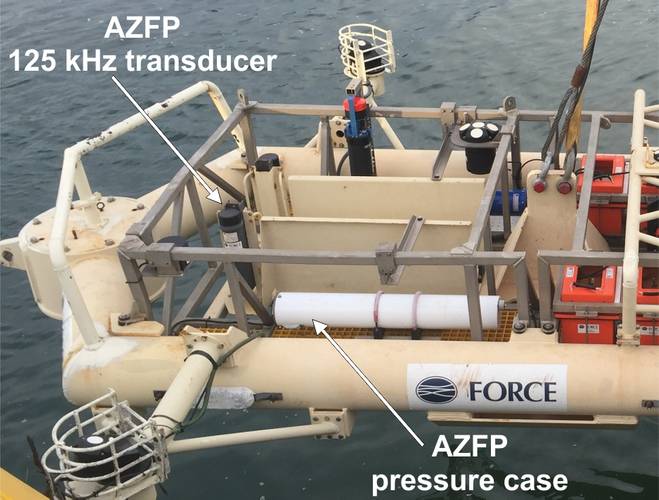
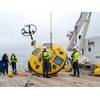

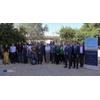

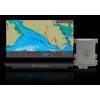







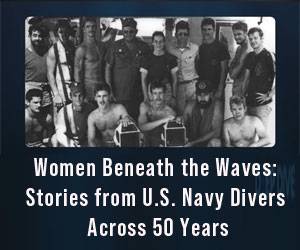

 August 2025
August 2025



